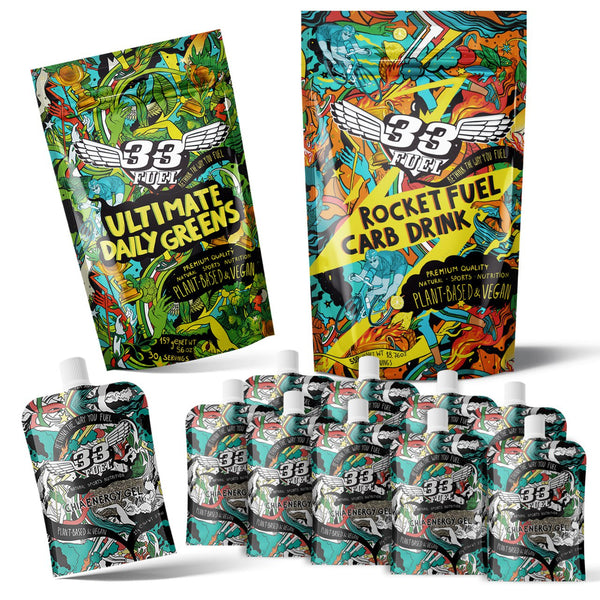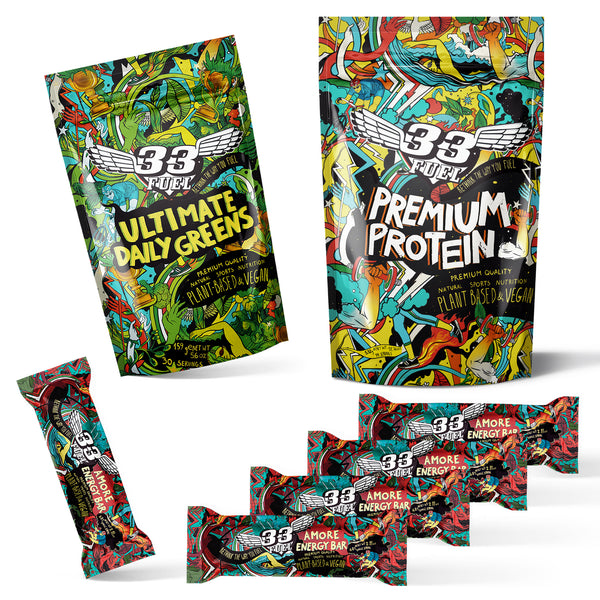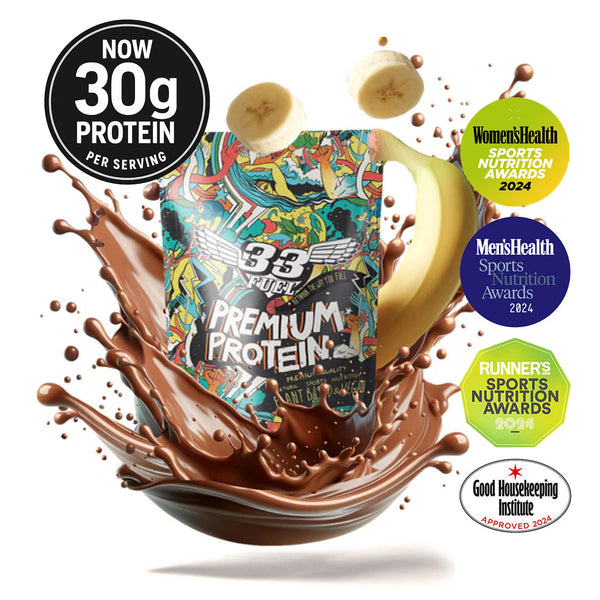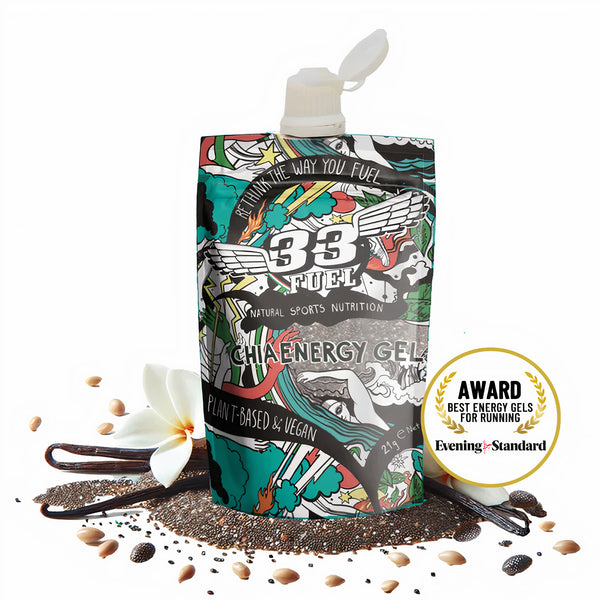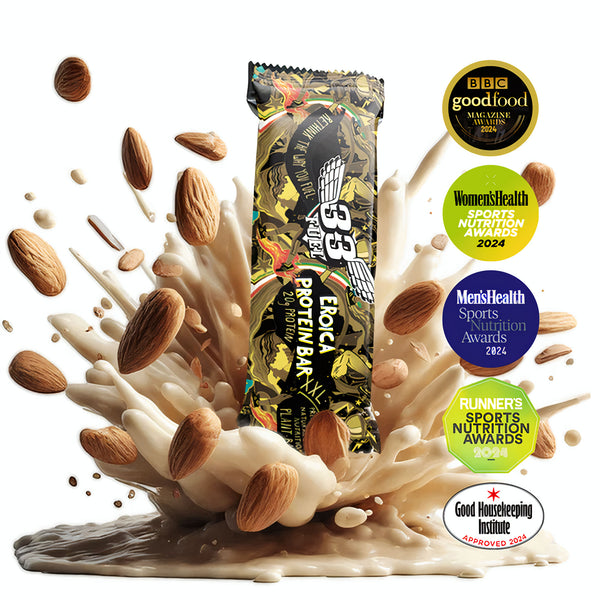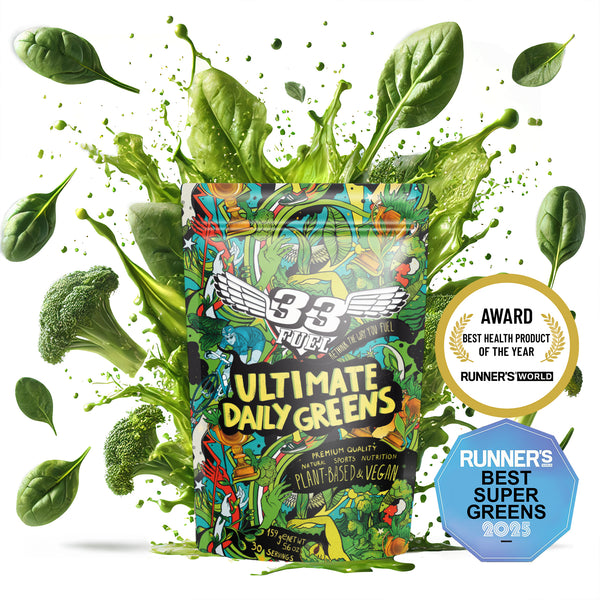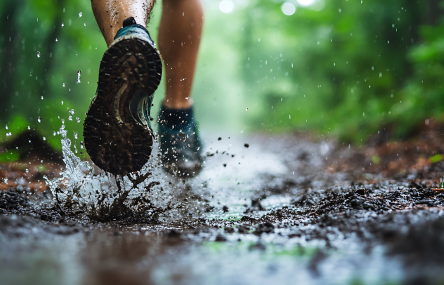Why Ironman is all about the bike

If you’re considering long distance triathlon, there are many things to think about but the one too many overlook is the need to really love the Ironman bike…
The dream of high-fiving your way down the finish chute and hearing the immortal words 'YOU ARE AN IRONMAN' bellowed over the microphone is shared by a lot of triathletes.
But that’s just a snapshot of the triumphant finale. Before the medal can be hung around your neck, there is sweat, suffering, and often tears to endure, so it’s important to examine why you're doing this in the first place.
Why take on a 3.8km swim, 180km cycle and 42.2km run?
After all, it is quite a long way.
Perhaps we’ve been captivated by watching others, maybe the challenge to 'go longer’ appeals; it could be a drastic weight loss measure; a bucket-list item; a dare; or maybe you just want another Ironman tattoo on your calf.
Whatever the reason you'll need to not just enjoy – but really fall in love with – cycling.
A lot of cycling.

Want to become an Ironman? Your chariot awaits...
Six reasons to love the Ironman bike
1: The Ironman bike leg is the biggest part of the race
Not only is the bike leg the longest part of a triathlon, but as you increase race distance from shorter tris, it becomes a larger proportion of the race too.
Most of us start in triathlon at Super Sprint, Sprint or Standard (currently Olympic) distance racing. The longest of these is a 1.5km swim, 40km cycle, and 10km run.
For Ironman, the swim is just over 2.5 times as far, the run slightly more than 4 times the distance and the Ironman bike - at 180km - 4.5 times longer.
The irony here is that the biggest fear for not wanting to attempt Ironman is… the swim.
2: Avoiding injury (biking over running)
The most common way for triathletes to become injured is running. The run, however, can be a tempting default training mode. It’s the easiest activity to undertake – shorts, t-shirt, trainers and out the door – so is often turned to when we’re time-pressed.
However, running is harder on the body than swimming and cycling. Every foot strike causes muscle damage and you require longer to recover, particularly as we age. Given Ironman is most popular among the 35-45 age groups, it’s when running injuries start to creep in.
What about swimming?
Agreed, it provides a comparatively low risk of injury and can be a great way of building an aerobic base, but it’s trumped by biking for two reasons.
- Swimming is the most technical of the three disciplines and many of us are better served focussing on form rather than just building stamina in the water.
- Swimming accounts for only around 10% of total race time, so when it comes to specificity, the bike is a much better bet.
3: Train, train and train again
The key benefit of Ironman bike training is that even after a hard day in the saddle, you’ll usually recover more quickly than when running.
This means you can continue to work on building your endurance base – the cornerstone of any enjoyable Ironman.
It’s the reason professional Ironman triathletes train far more hours than elite marathon runners, and it's also how the pro peloton survive a 21-stage Grand Tour like the Tour de France with very few rest days.

Get in the saddle for the most specific way to build your aerobic base for Ironman
4: Cycling is the discipline most suited to training aerobically
You're less likely to push yourself too hard, too often if the bulk of your training is done on the bike, which builds your aerobic engine.
Downhills mean there are natural breaks built in on two wheels and the sheer duration of the Ironman bike leg naturally limits intensity.
5: Biking won’t mess up your swim (as much as running will)
Running can be great for fitness but it can reduce upper body body fat and muscle mass, which means less buoyancy and power to pull through the water.
Doesn’t biking do the same?
Evidence of many elite performers shows that it's when they become obsessive about weight, upping the run mileage and intensity in an effort to run super-fast, that they start to really struggle in the water.

Got that 'sinky-legs' feeling in the water?
That'll be too much running before your Ironman, buggering up your swim
6: Bike-to-run fitness translates better than run-to-bike
Athletic performance tends to suggest that training on the bike transfers better to gains on the run than vice-versa.
Why?
While Ironman is an endurance sport, it is also a ‘strength’ sport because the longer your muscle systems retain their integrity, the deeper into the race they will keep firing in the correct pattern - and crucially help you retain your form.
Long distance runners tend to shed muscle mass – just look at elite marathoners – and this can ebb away the strength needed to deliver power through the pedals on the bike.
If you’re running a high mileage in your triathlon training, then unless it’s with graceful biomechanics, and supplemented by strength, stability and suppleness conditioning, plus added recovery, it’s a high-risk strategy.
For most amateurs a better approach is to spend more time on the bike and limit the running.
It’s not optimal for a new marathon PB, but it’s more likely to maximise your chances of consistent Ironman training and result.
How to learn to love the Ironman bike

'Aargh, a bike!' Don't fear the bike, learn to love it with our simple five-point guide below
Here are five ways to love your Ironman bike:
1: Train like it's race day
It can be easy to lean towards what we enjoy the most in training (often our strongest discipline), but this doesn't guarantee best results. Instead, mix your training based on the proportion of each discipline in the race.
For example - an average 12-hour Ironman would typically swim 1hr 15min (10.4%), bike 6hr 30min (54%) and run 4hr (33%). Balancing your training this way is a great plan.
2: Head indoors
Not as fun as being in the rolling countryside, a good session on the turbo trainer will be time efficient (there’s no freewheeling!).
It’s also traffic-free, unhindered by weather, and there aren't any moany car drivers trying to close pass you for the hell of it.
3: Get social
There are plenty of benefits to riding with others.
It’ll get you out the door with all-important accountability, you’ll learn lots about cycling from more experienced riders, and rides will pass more quickly as you’ll probably be pointed towards some cracking new coffee shops.
4: Join Strava
Strava's not for everyone, but seeing your rides recorded and geeking out on the data can be a real positive in learning about the world of cycling and measuring your progress.
You might even become quite competitive (hopefully not over-competitive) with yourself and others.
5: Be prepared
Don’t get scarred by rides when you’ve headed out without any food and drink, or not dressed for the conditions.
Having a decent pair of bib shorts with a good pad is essential, as are various layers so you can strip down and warm up as required.
As for nutrition, stock up on some real food and consider 33Fuel's Chia Energy Gels and Pre & Post Workout Shakes comprising delicious low-GI wholefoods for powerful performance and nutrition you can actually look forward to on the ride.
Fuel your Ironman with 33Fuel for powerful nutrition you can enjoy. Personal trainer George Anderson did just that for his most recent Ironman with awesome results - he explains more in the video below
More performance-boosting content
From the 33Fuel Podcast
From the 33Fuel Vlog
Related content
Mark Cavendish training - fast descending with the Manx Missile
Should you use energy gels for triathlon? An energy gel guide
Endurance nutrition - why a picnic approach is the answer
200mph superbike v bicycle, a race down Alpe d'Huez
Alpe d'Huez triathlon guide - all you need to know about the ultimate bucket list long course race




